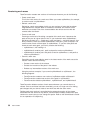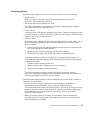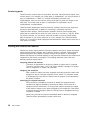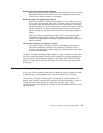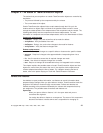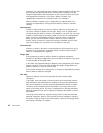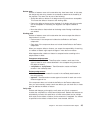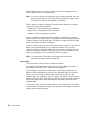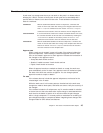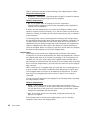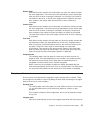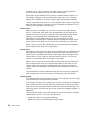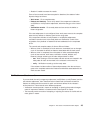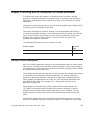defect/feature will only go to the verify state when all the workareas for the
release specified move to complete state.
Note: If you do not intend to fix that defect for the release specified, then you
must move the defect to verify state manually by doing a defect -verify.
This should be done by the originator of the defect.
When a defect or feature is accepted, TeamConnection creates a
verification
record
. This record lets the originator:
v Accept the fix if the resolution was satisfactory
v Reject the fix if not satisfied with the resolution
v Abstain if unable to assess the resolution
Once all verification records have been accepted or abstained, the defect or
feature moves to the closed state. If a verification record is rejected, the defect
or feature returns to the working state. The defect or feature cannot be closed
until the verification records are accepted.
A defect or feature can have more than one verification record. For example, if
defect 123 is returned because it is a duplicate of defect 122, a second
verification record is created for defect 122. The originator of defect 123 is the
owner of the second verification record for defect 122. If the originator is the
same for both defects, only one verification record is created.
Note: For a discussion of verification records and test records, see
“Verification and test records” on page 49.
Closed state
The closed state is the final state of a defect or feature.
If the defect is associated with multiple work areas, the defect will remain in
the working state until all of the work areas are integrated.
If the component includes the verifyDefect or verifyFeature subprocess, the
defect or feature automatically moves to the closed state after all verification
records are in the accept or abstain state and all work areas are in the
complete state. If a verification record is rejected, the defect or feature moves
back to the working state. Otherwise, the defect or feature moves directly from
the working state to the closed state when the first work area moves to the
complete state.
You cannot re-open a defect or feature that is in the closed state. If the defect
or feature was not resolved correctly, you must open a new defect or feature to
address the necessary changes.
44 User’s Guide



